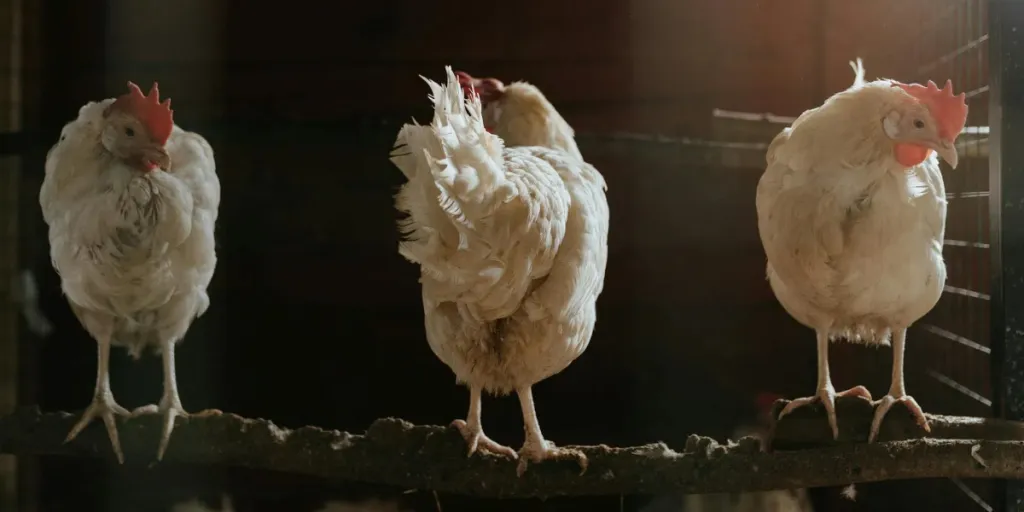Keeping chickens is an age-old activity that is both fun and practical, and everyone from pet enthusiasts to first-time chicken keepers will need coops to keep their chickens safe and warm.
But browsing coop designs can be overwhelming if you don’t know what you’re looking for. Plus, their cost might dissuade some people from the idea of keeping chickens. Fortunately, there are several ways to reduce the costs of chicken coops while still getting fantastic designs.
Below, we’ll outline the top-selling chicken coop designs in 2025 to help you best build a product line for your customers.
Table of Contents
Why chicken coops are worth investment in 2025
Top trending chicken coop ideas
Factors to consider when investing in chicken coops
Conclusion
Why chicken coops are worth investment in 2025
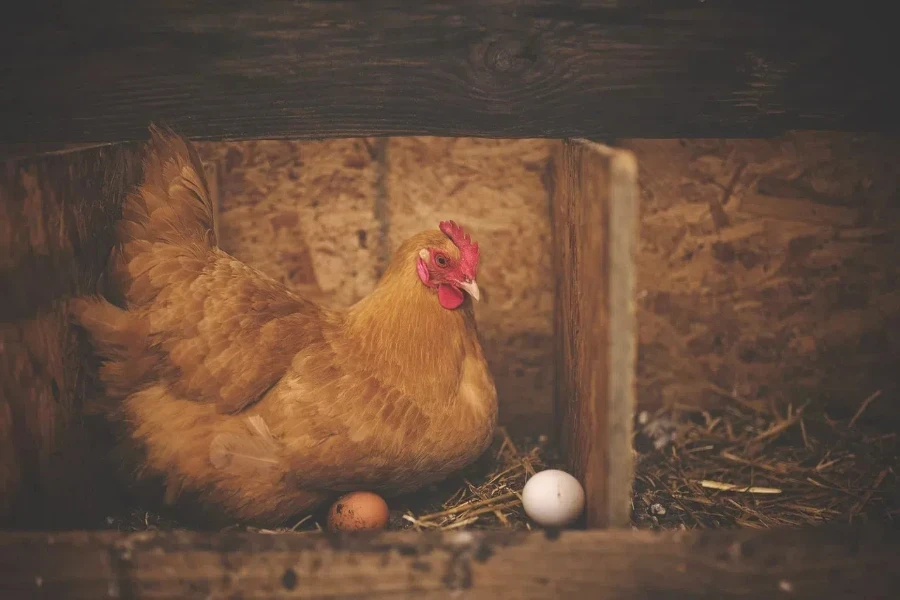
More people today are interested in maintaining backyard chicken coops to create a sustainable environment and provide homegrown food for their families, reducing the need for chicken farms. Home chicken coops are much less wasteful than big farms, and the chickens get to live in an environment more akin to what they’d experience in their natural environment.
While chickens aren’t dependent on living in a coop, they will gladly use them for protection against the weather and a safe place to sleep. This can result in better health, happiness, and overall productivity, in particular when it comes to laying eggs. Safety against harsh climate conditions is essential for owners that live in cold areas. If a chicken coop is well-built, has good airflow, and has enough bedding and areas for the chickens to sleep, you don’t need to spend money on heat, even in frigid climes.
The market for chicken coops is predicted to grow at a rapid 5% each year, to reach a value of USD 510 million by 20233, according to Future Market Insights. The regions with the most demand for chicken coops include Europe, North America, Latin America, Asia Pacific, and the Middle East. Factors like tech advancements and regulatory support are propeling growth in these regions.
Top trending chicken coop ideas
There is an expansive list of chicken coop trends and ideas out there. Here are just a few that have a great selling potential:
Quaker coops

Quaker chicken coops are a distinctive design inspired by centuries-old barn designs. These coops have excellent airflow, nesting spots, one or two windows (depending on the size), doors, and other handy features. In a word, they’re perfect for anyone who wants to raise chickens in their backyard and enjoy fresh, free-range eggs.
The unique roof design of quaker-style chicken coops gives people and chickens more space to move around. Plus, they come in a variety of paint and stain colors, allowing retailers and wholesalers to sell coops that match buyers’ preexisting structures.
Movable coops
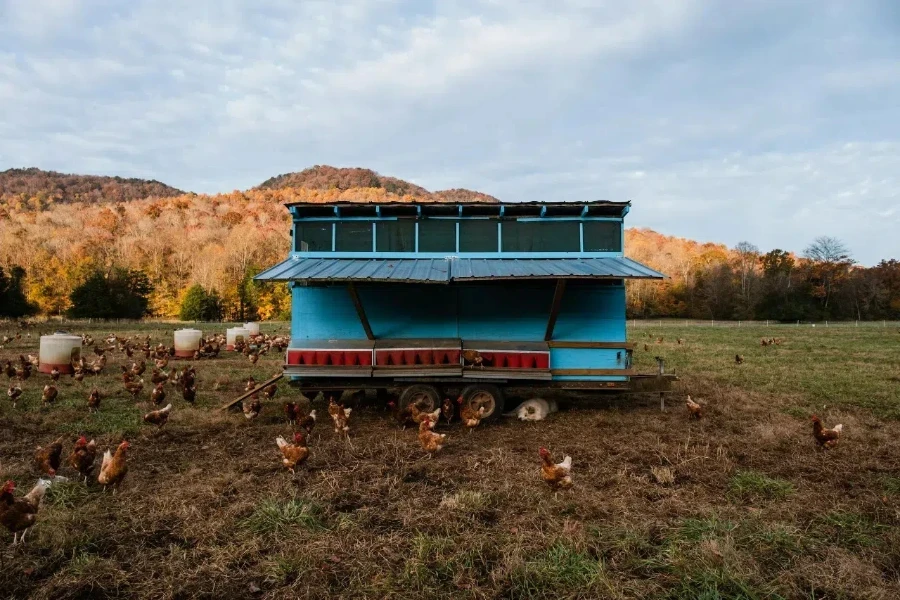
Erecting a movable home for chickens is surprisingly easy, and doesn’t take an expert handyman to do so. All it takes are some nails, a few pieces of lumbar, and some chicken wire. Although there are no movable coops don’t currently come in ready-made structures, retailers or wholesalers can offer the parts needed to build them.
These types of coops are preferred by owners with large plots who want their chickens to move around freely. In addition, chicken coop tractors have wheels, making them an incredibly convenient way to give chickens access to fresh areas of the yard whenever they want. They enjoy the freedom this type of coop provides.
Dutch coops
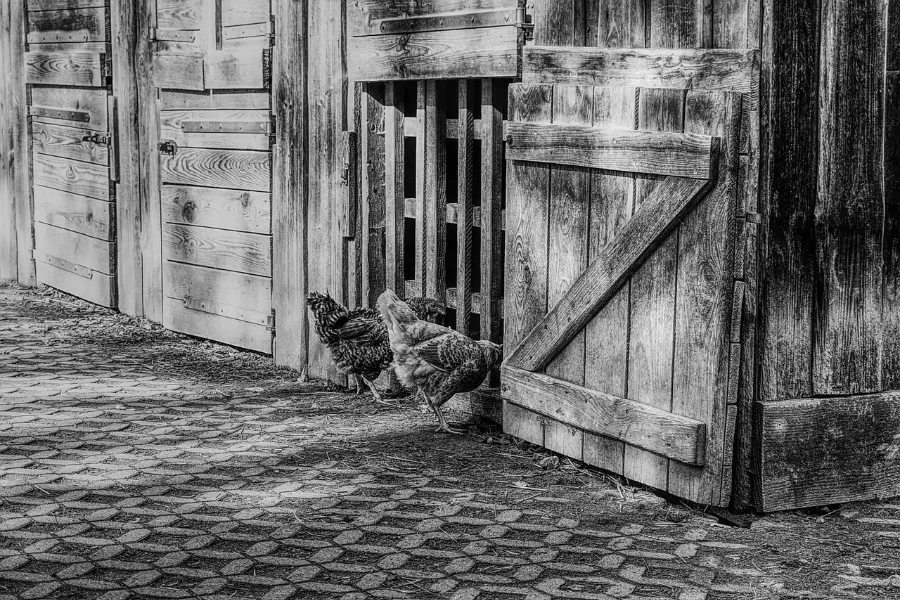
A dutch chicken coop looks like a small barn, and its roof gives the inside a spacious feel as well as keeps the chickens cool in summer. Home or farm owners can opt to buy DIY or ready-made Dutch coops. Dutch coops are usually made with solid materials that are designed to last a long time.
Some coops also have the option to install nesting boxes outside, so owners can easily collect eggs without disturbing the hens.
Combination coops

This coop features a chicken house and a fenced-in area where the chickens can safely walk around and look for bugs. Inside the wooden coop are boxes for laying eggs and a place for them to roost and stay protected from the weather. Therefore, the upside of these coops is that the attached run gives the chickens space to move around and explore, while staying protected.
Users can add wheels to move these coops to new grazing spots, which is an effective way to keep the chickens safe, provide them with new food sources, and hopefully lay plenty of eggs.
Walk-in coops

Walk-in chicken coops are a more extensive type of coop that give chickens more room to play. They are also taller, so the chickens have plenty of space to walk, fly, hide, stretch, and perch – just like they would naturally. These big coops offer shelter from bad weather, especially when positioned in the right spot. For example, a more oversized walk-in run can be placed so different parts get sun or shade at different times of day. This way, depending on the weather, your chickens can choose where to hang out.
The extra height in walk-in coops help chickens avoid predators and provide a secure place to sleep, play, and lay eggs.
Factors to consider when investing in chicken coops

There are many options for creating a coop product line. Some factors to consider when investing are:
- Market demand: Look into the local market to understand the interest in chicken coops and determine which styles and features are most popular.
- Target audience: Focus on product choices and marketing to specific groups, like hobbyists, families, or small-scale farmers
- Pricing strategy: Create a competitive pricing plan, considering the target customers, the cost of products, and the desired profits
- Feasibility: Offering options like a nesting box, adequate ventilation, airflow, and a high roof can increase the appeal of the products in the market
- Regulatory compliance: Check local rules or restrictions about keeping chickens or building coops
- Seasonality: Adjust the stock and marketing to match the changes in demand for chicken coops throughout the year
Evaluating these factors can help retailers and wholesalers create a strategic sales approach, helping them to better capitalize on the growing market for chicken coops and contribute to a more sustainable and self-sufficient food system.
Conclusion
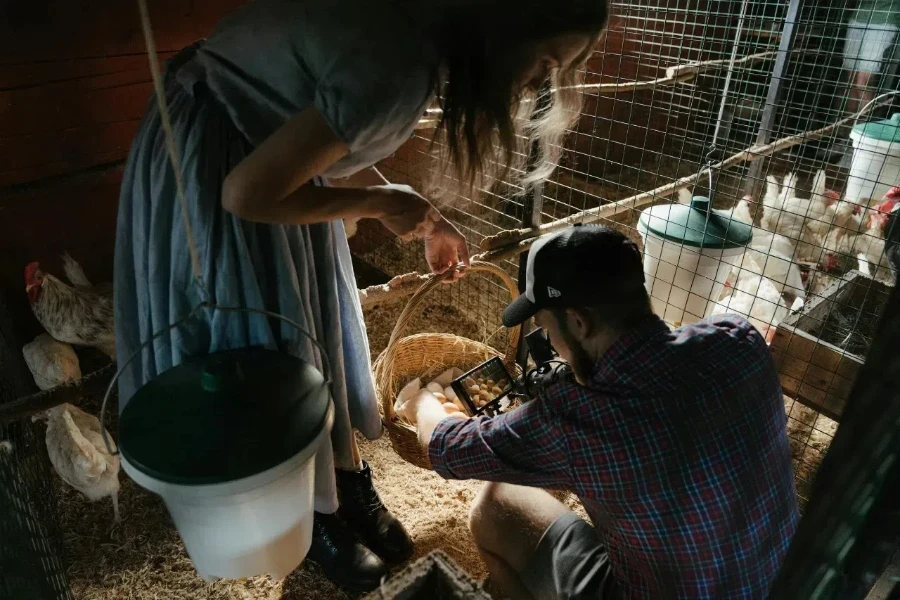
Retailers and wholesalers can cater to this burgeoning market by offering a variety of coop designs that cater to different needs and budgets. By providing quality products and prioritizing factors like functionality, sustainability, and regulatory compliance, businesses can significantly empower individuals to embrace a more self-sufficient lifestyle via freshness-forward products like chicken coops while contributing to a healthier and more resilient food system.
